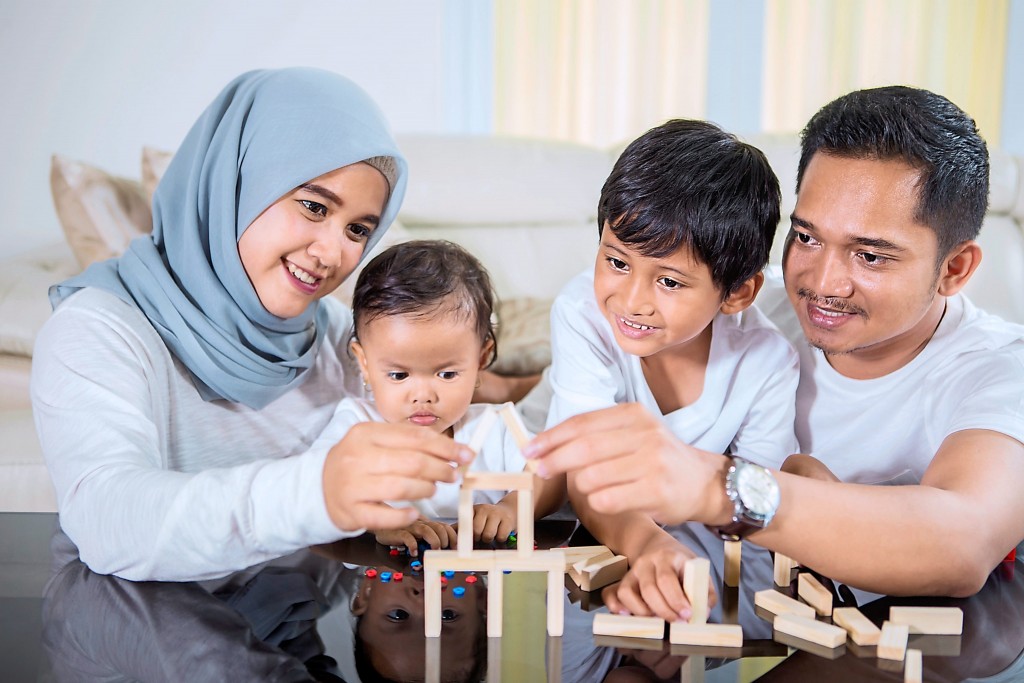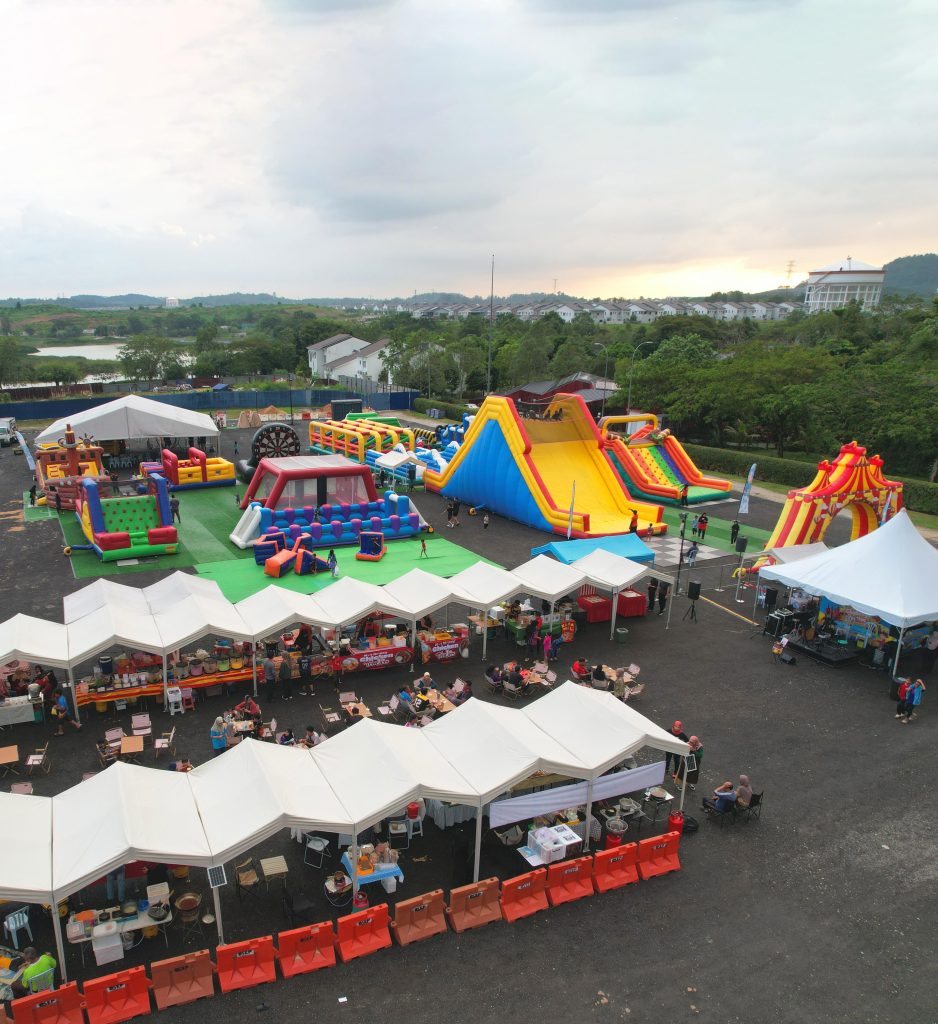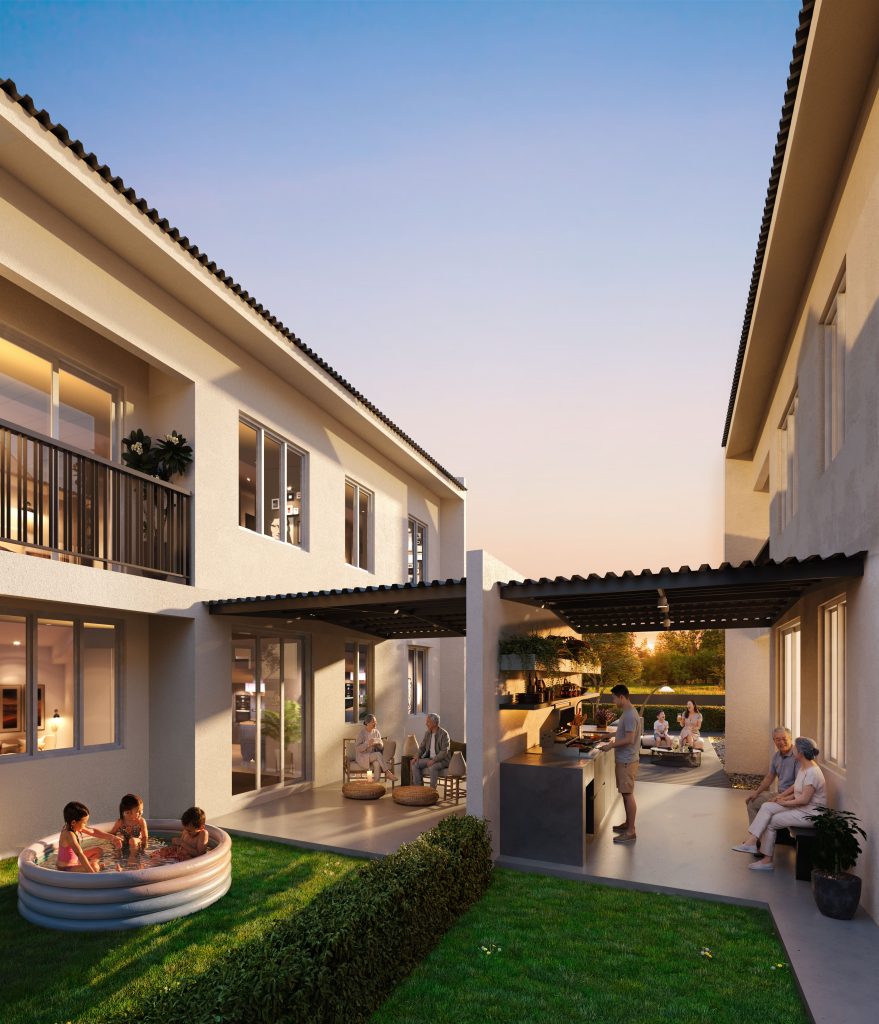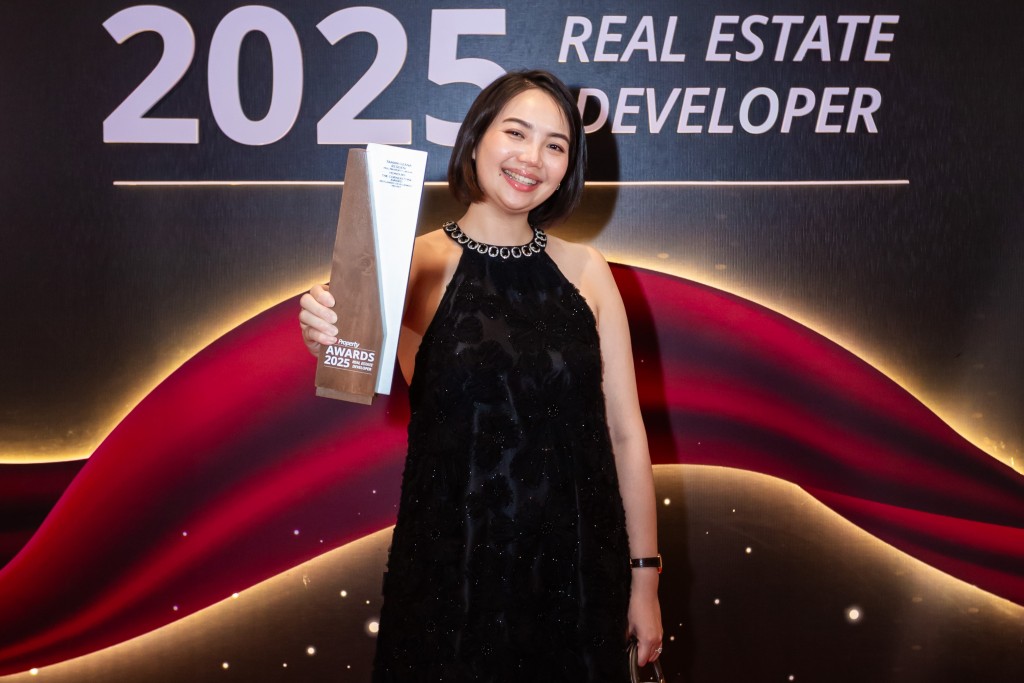Creating spaces that spark creativity and imagination
By Joseph Wong
Children are inherently curious and imaginative beings and the spaces they inhabit play a crucial role in shaping their development and experiences. So designing homes for children requires more than just aesthetics, it demands a thoughtful understanding of their needs, interests and unique perspectives.
Can architecture, interiors and outdoor spaces inspire creativity, encourage learning and foster a sense of wonder among children? Research certainly confirms this but it is important to note that a child-centric design has to be intrinsic to children's behaviour.
Childhood is a time of growth and exploration, where every experience contributes to a child's cognitive, emotional and social development. Child-centric design focuses on creating environments that cater to the specific needs and capabilities of children. From early childhood education centres to play areas, incorporating child-friendly design principles can have a profound impact on their overall well-being and learning outcomes.
In Malaysia, the housing industry concentrates on building homes for home buyers and child-friendly designs seldom come into the picture. At most, property developers create family-friendly homes to cater to growing or bigger families. The child-centric design usually comes as an afterthought and the task usually lies in the hands of interior designers.
Play areas
However, most developments do look into spaces for children like play areas and playgrounds. In fact, children’s play areas have become a popular addition to a range of family-friendly homes in recent years. These indoor play areas offer a valuable service for families looking to keep their children entertained and engaged. They provide a safe and stimulating environment where children can play, learn and socialise, while parents can relax, catch up on work or simply enjoy some downtime. By offering a fun and safe space for families to enjoy, indoor play centres can enhance the overall experience of family bonding.
Naturally, safety is paramount when designing spaces for children. Child-proofing interiors, selecting age-appropriate furniture and ensuring proper ventilation and lighting are essential considerations. Additionally, creating spaces that are accessible to children of all abilities promotes inclusivity and fosters a sense of belonging.
Outdoor spaces
However, outdoor play spaces are usually perceived as less safe as children may inadvertently hurt themselves while playing with other children. One parent pointed out that you can make a place as possible but you can’t stop squabbles between children so bruises are a part and parcel of growing up. Nevertheless, play is an integral part of childhood development and well-designed play spaces can ignite a child's imagination and creativity. From indoor playrooms to outdoor playgrounds, incorporating elements that encourage exploration, problem-solving, and physical activity can enhance a child's cognitive and motor skills.
But taking it a step further, inclusive design also needs to be given greater focus in urban planning for children with disabilities, making facilities like children’s playgrounds accessible to all and creating places every child can use, according to Klang Municipal Council president Noraini Roslan.
Inclusive design enables everyone to participate equally, confidently and independently in everyday activities, and this includes children. “We need to create more joyful spaces for children and disabled persons,” she said.
As for educational spaces, such as reading rooms and libraries, they play a crucial role in shaping a child's learning journey. Designing such areas with flexible layouts, interactive technology and age-appropriate learning materials can create dynamic environments that spark curiosity and enthusiasm for learning.
While it is observed that the affluent and the middle class have better access to such facilities in condominiums, serviced apartments and up-market gated-and-guarded enclaves, the lower income earners, the B40 in particular, lack such facilities. When living in cramped housing conditions, affected by noisy neighbours and loud arguments in neighbouring units, youths can be deprived of this privilege.
Earlier this year at the Petaling Jaya City Council (MBPJ) Children’s Participation and Protection Policy brainstorming session, it was discovered that students living in low-cost flats and People’s Housing Projects (PPR) are in need of a safe living environment to do their homework and study.
A total of 42 children, aged eight to 18, along with 12 child facilitators, participated in the event, fostering an inclusive platform for their voices to be heard. The visionary move by MBPJ culminated in the successful passing of the Children's Participation and Protection Policy during a recent full board meeting, making MBPJ the first local authority in the country to adopt such a policy.
The city's deputy mayor, Sharipah Marhaini Syed Ali, emphasised the significance of considering children's input when shaping the city's development. This policy not only underscores MBPJ's commitment to giving children a voice but also aligns with the principles of the 1989 United Nations Convention on the Rights of the Child.
Dr Amelia Alias, a consultant for Child-Friendly Cities Initiatives, highlighted the inclusion of child councillors to contribute to policy formulation and child-friendly city initiatives. She noted the lack of a comprehensive policy guiding MBPJ in executing effective child-related initiatives, emphasising the importance of evidence-based findings in creating robust policies.
With the valuable qualitative data gathered from stakeholders themselves, especially the children, MBPJ can gain deeper insights into the community's needs and craft informed policies.
MBPJ's forward-looking approach to incorporating children's perspectives in policy-making and city planning exemplifies a crucial step towards building a more inclusive, child-friendly community. By nurturing children's voices and experiences, MBPJ endeavours to create a city that caters to the needs and aspirations of all its inhabitants, ensuring that children play an active role in shaping their own future
Similarly, when it comes to designing homes, taking into account children’s points of view would be essential in crafting homes that are more suitable and conducive to them. In most instances, adults presume to know what is best for them without getting their input. It is true that Children might not know legal matters or safety issues but taking the time to listen to a younger voice can open more possibilities.
Take the great outdoors where adults may enjoy the scenic views of a lake or the serenity of a wooded park, children tend to be more activity based where they can run and play, basically enjoying nature.
Mind you, nature has a profound impact on a child's well-being and cognitive development. Integrating natural elements into the design, such as indoor plants, nature-inspired colour palettes and access to outdoor spaces, provides children with opportunities to connect with the environment and enhances their sense of wonder and appreciation for the world around them.
Children's emotions play a significant role in their overall development. Designing spaces that promote emotional well-being involves creating calming areas for relaxation, quiet corners for reflection and communal spaces for social interactions. Providing children with spaces where they can express themselves freely and feel emotionally secure fosters healthy emotional growth.
And this doesn’t mean planting a playground will automatically be used by children. Sustainability is a crucial consideration when designing for children. Creating eco-friendly spaces that minimise environmental impact and promote sustainable practices sets a positive example for future generations. From using renewable materials to incorporating energy-efficient features, sustainable design instils in children a sense of responsibility towards the environment.
Incorporating technology
Finally, in today's rapidly advancing world, the digital era has become an integral part of children's lives. From an early age, children are exposed to various digital technologies, including smartphones, tablets, computers, and the Internet. While the digital age offers numerous opportunities for learning, entertainment, and communication, it also presents a host of challenges that demand thoughtful consideration and proactive measures.
Integrating digital technology thoughtfully into the design can enhance learning experiences and interactive play. As such, modern homes now require good connectivity to the Internet of Things and this means the technological infrastructure has to be in place to ensure this connectivity.
The digital era offers a world of possibilities for children, but it also comes with potential pitfalls. Nurturing responsible digital citizenship and providing a supportive environment that encourages digital literacy, safety, and a balanced lifestyle are essential steps to ensure that children thrive in the digital age. By fostering a healthy relationship with technology and digital media, children can make the most of the opportunities while navigating the challenges of the digital era with confidence and resilience.
Hence, designing for children is a journey of creativity, empathy and understanding. By embracing child-centric design principles, architects, designers and educators can create spaces that inspire young minds, nurture their imagination, and support their growth and development. Whether it is a school, a playground, or a home, every space presents an opportunity to shape the experiences of children and leave a lasting impact on their lives. As we design for children, let us remember that we are not just creating spaces; we are building a foundation for a future filled with creativity, joy and endless possibilities.
Stay ahead of the crowd and enjoy fresh insights on real estate, property development, and lifestyle trends when you subscribe to our newsletter and follow us on social media.













































